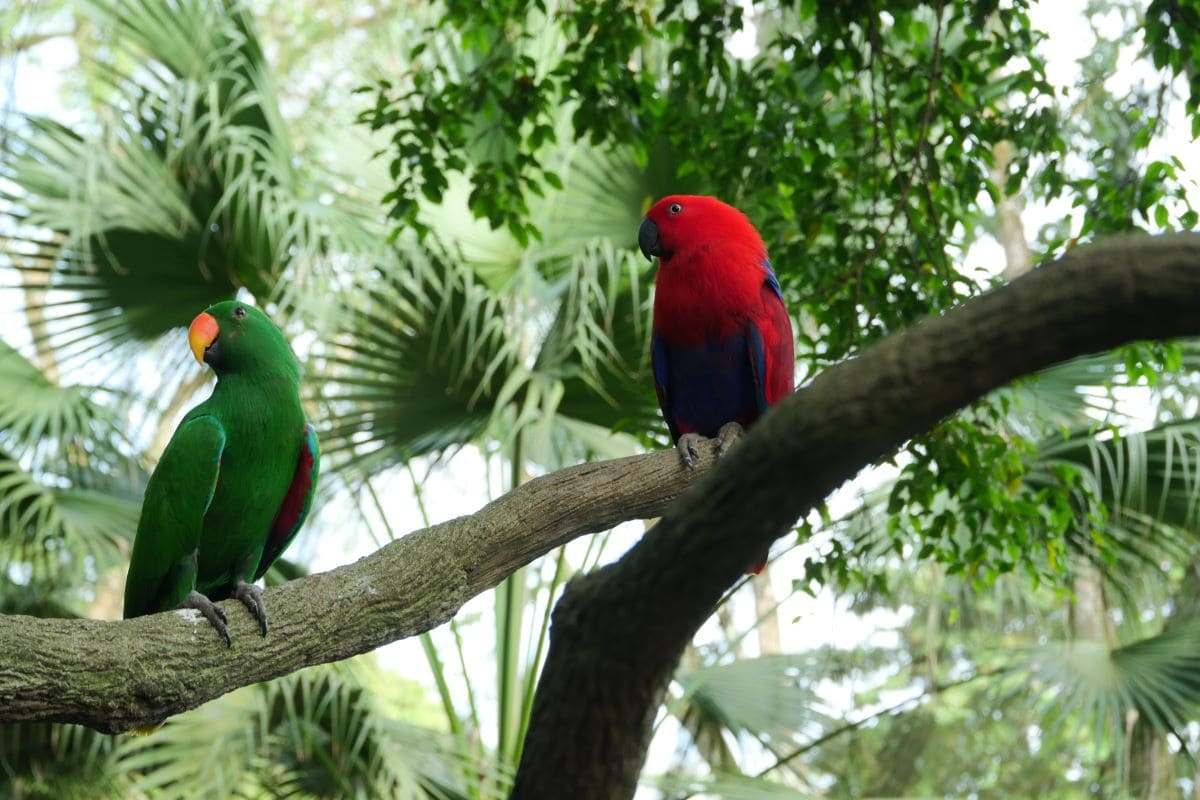This article is also available in Italian / Questo articolo è disponibile anche in italiano
The sixteenth round of negotiations on biodiversity kicks off in Cali, on Monday 21 October , following the approval in 2022 of the Global Biodiversity Framework (Montreal-Kunming Agreement), the new global framework to halt the loss of nature and biodiversity. The objective of COP16 Biodiversity - as Materia Rinnovabile calls it to distinguish it from the COP Climate negotiating track (COP29 will be held in November in Baku) and COP Desertification ( COP16 will be held in December in Riyadh) - is to halt the uncontrolled loss of nature and avoid new crises, which could be much more serious than the 2008 financial crisis or the Covid-19 pandemic.
Specifically, negotiators at COP16 will have to assess progress on National Biodiversity Strategies and Action Plans (NBSAPs, the biodiversity action plans of individual countries), seek agreement on financial resources to support nature conservation and restoration, define issues related to access to genetic resources and the fair and equitable sharing of benefits arising from their use (also known as DSI, Digitial Sequence Information), define new methodologies and metrics for reporting and transparent monitoring of progress within the GBF.
In terms of the negotiating architecture, efforts will also be made to bring the climate and biodiversity negotiations to a point of convergence, since the transition needed to halt climate change cannot take place without a transition that protects biodiversity and nature. In this regard, it will be necessary to align financial mechanisms, MRV (monitoring, reporting, verification) programs aimed at full transparency, a review (and possible merger) of NDCs and NBSAPs, a post-2030 framework, as well as the expiry date of the GBF and a revision of the Paris Agreement.
Although media presence is limited (with only one Italian publication registered at the moment, Renewable Matters), there is a larger participation of companies and civil society than in Montreal in 2022, when the historic Montreal-Kunming agreement was signed.
NBSAP, commitments on the way?
While interest in biodiversity action from the corporate world is growing, government participation in the GBF remains lukewarm. According to the executive secretary of the Convention for the Protection of Biodiversity, Astrid Schomaker, as of 16 October, only “29 countries have submitted national biodiversity plans or strategies”, so-called NBSAPs, to the convention. “But we are confident that more will come, and that these days of discussion will serve to stimulate countries to do so,” she added at the opening of the Subsidiary Body of Implementation segment, the body for operational implementation of the GBF. As many as three of the G7 countries have not published any new national commitments: Germany, the UK and the US. The latter is the only industrialised country not to have joined the Global Biodiversity Framework, an embarrassment for the Biden presidency and one that candidate Kamala Harris has never expressed any intention of resolving.
Only five of the 17 ‘megadiverse countries’ (together home to 70 per cent of the world's biodiversity) have submitted new commitments to tackle nature loss. Among those missing are Peru, Brazil (which is due to host COP30 on climate next year) and Colombia itself (which could, however, announce new commitments with a politically charged surprise appearance by President Lula during the first week of COP16, according to a Brazilian source familiar with the matter). Also absent are the six countries that share the Congo Basin, the world's second largest rainforest after the Amazon, are absent.
‘It should be emphasised that this is not always due to a lack of ambition,’ Schomaker explains. “Many governments have not materially been able to update their national biodiversity strategies and action plans due to political circumstances or funding that they were waiting for. So the lack of these strategies should not be an indication of a lack of ambition at the national level. But to lend credibility to the process we need to see governments show up at COP16 and demonstrate how they intend to implement national biodiversity protection plans. An invitation to journalists sent to Cali to lobby their delegations.
‘It is promising to see that, at least on paper, the inclusive conservation principles on which the agreement was forged remain at the heart of the framework during national implementation,’ explains Lin Li, Senior Director of Global Policy and Advocacy at WWF. “Plans are largely being developed with the consultation and participation of civil society, academia, indigenous peoples, local communities and other rights holders, as well as the private sector, more than in the past. To this end, however, it is crucial to also address the drivers of biodiversity loss, eliminating overconsumption and reforming the harmful business and financial models that we know are eroding the rights of indigenous peoples and local communities.”
Finance for biodiversity
The targets are known: it is necessary to mobilize 200 billion dollars per year in new economic resources by 2030, redistribute 500 billion dollars derived from nature-damaging subsidies, create economic mechanisms to facilitate access to genetic resources and fair and equitable sharing of benefits arising from their use, also known as DSI, Digital Sequence. These resources should be used to support developing countries in promoting agro-ecology, reducing the impacts of chemicals in the soil, and protecting or restoring natural terrestrial and marine areas.
For developing countries, the mobilisation of the 200 billion has the same weight as climate finance within the Paris Agreement (the new collective goal will be discussed at COP29). These are fundamental resources to transform their economies and make their countries resilient, but above all to strengthen the role of nature as a global carbon sink. Hence also the need to find more and more points of contact with the climate negotiation track.
“Essentially, there are three types of instruments that can be considered to reach the 200 billion per year target, beyond public finance commitments,” explains economist Vera Songwe, one of the leading scholars of climate finance and biodiversity. “The first is the debt-for-nature swap, that is the purchase of foreign debt which is then converted into local currency and used to finance conservation activities. Today, just over 3 billion dollars have been converted, but the debt-for-nature swap could be much higher.”
The second is green bonds, particularly in emerging markets, where these instruments are not yet standardised and the problem of greenwashing remains, i.e. the proceeds not being used properly. “This is why we need a global taxonomy, which prevents these instruments from having higher costs in countries less industrialised but with the highest rate of biodiversity, especially Latin America and Africa.’ The third pillar according to the economist is to strengthen the Multilateral Development Banks - such as the World Bank or the International Monetary Fund, transforming them into climate and nature banks supported by financing from developed countries to aid transition plans. The hope is to find a clear reference to these instruments in the final document.
The target is pledge and DSI
Meanwhile, public and private finance pledges of at least $20 billion are expected by 2025. The various countries will have to present these pledges, at least in part, during the two weeks of negotiations. At this time, Italy, which will be represented by Undersecretary Claudio Barbaro, has not revealed whether it will make any financial pledge announcements. For many observers, it will be interesting to see what China will do, whether it will make resources available, signaling that it is willing to begin the transition from the ranks of developing countries to industrialised ones, as the United Arab Emirates and Saudi Arabia did last year.
There is confidence in the approval of the operation of the multilateral mechanism for the fair and equitable sharing of benefits arising from the use of digital sequence information (DSI) of genetic resources, including the creation of a dedicated fund to collect and disburse the resources generated. The DSI is expected to mobilise new and additional funding streams for biodiversity actions worldwide in support of the three overarching objectives of the Convention: the conservation of biological diversity, the sustainable use of its components, and the fair and equitable sharing of the benefits arising from the use of genetic resources.
To find out more, keep following us: after covering the Montreal-Kunming agreement in 2022, from 25 to 2 November Renewable Matter will be in Cali for COP16, as the only accredited Italian publication. The journalistic coverage is realised with the support of 3Bee, united in promoting the progress of national strategies for the protection of biodiversity. Visit us in the press room!
Image: Envato



